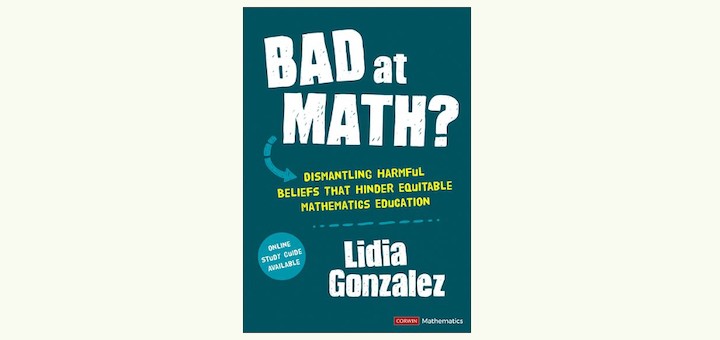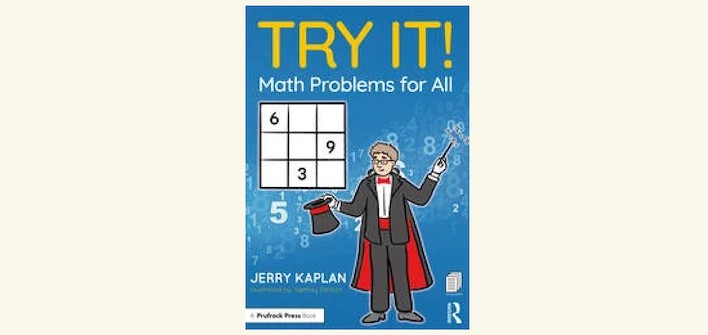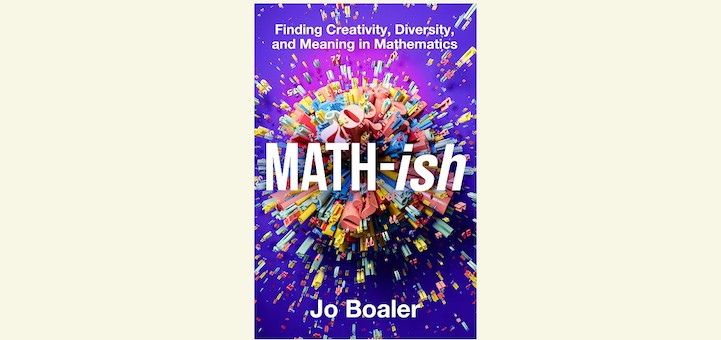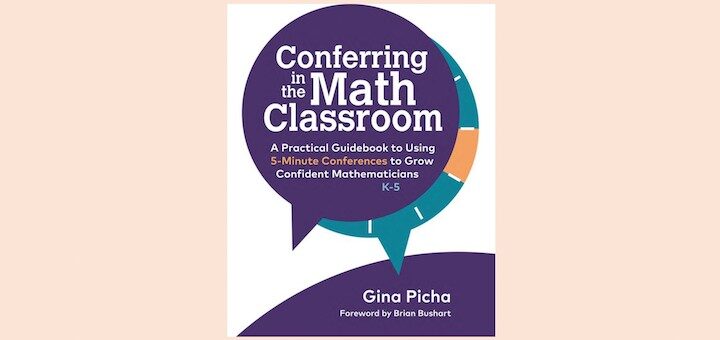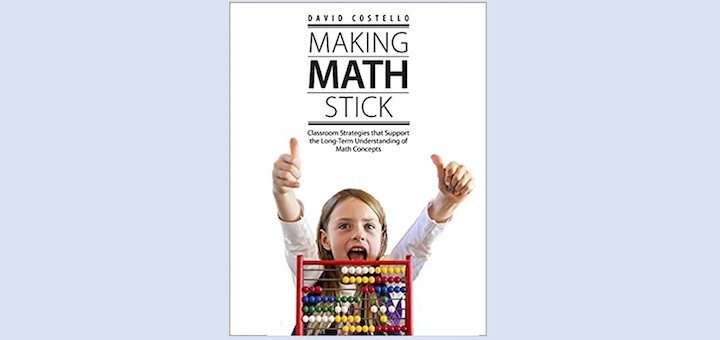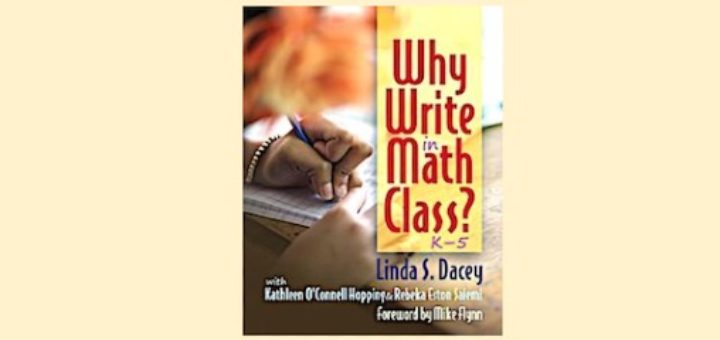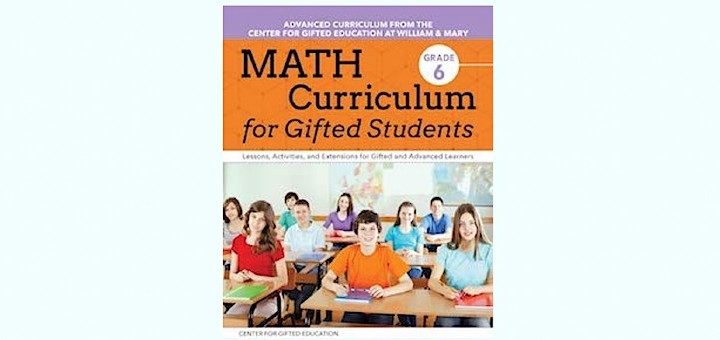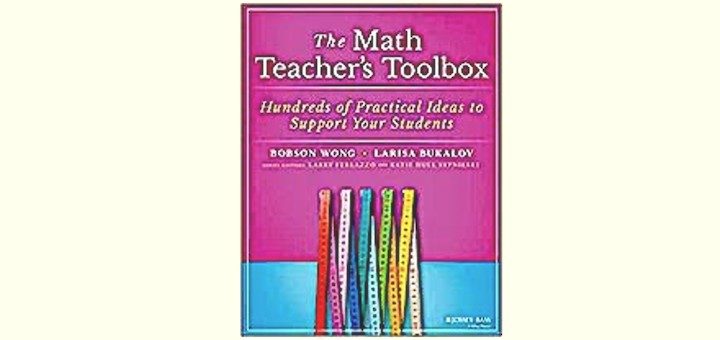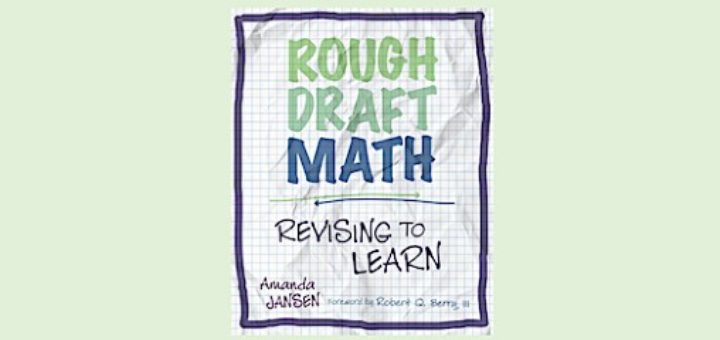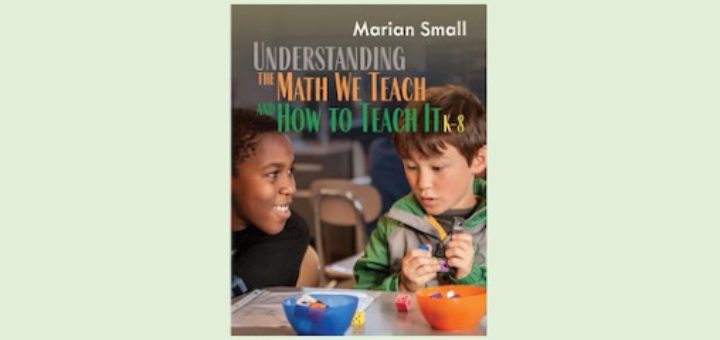Changing Harmful Beliefs about Math Education
Delving into commonly held beliefs about learning math and discussing productive struggle and growth mindset are central to Lidia Gonzalez’s Bad at Math?, a thoughtful look into what can be done to make math accessible to all students, writes math teacher Kathleen Palmieri.

